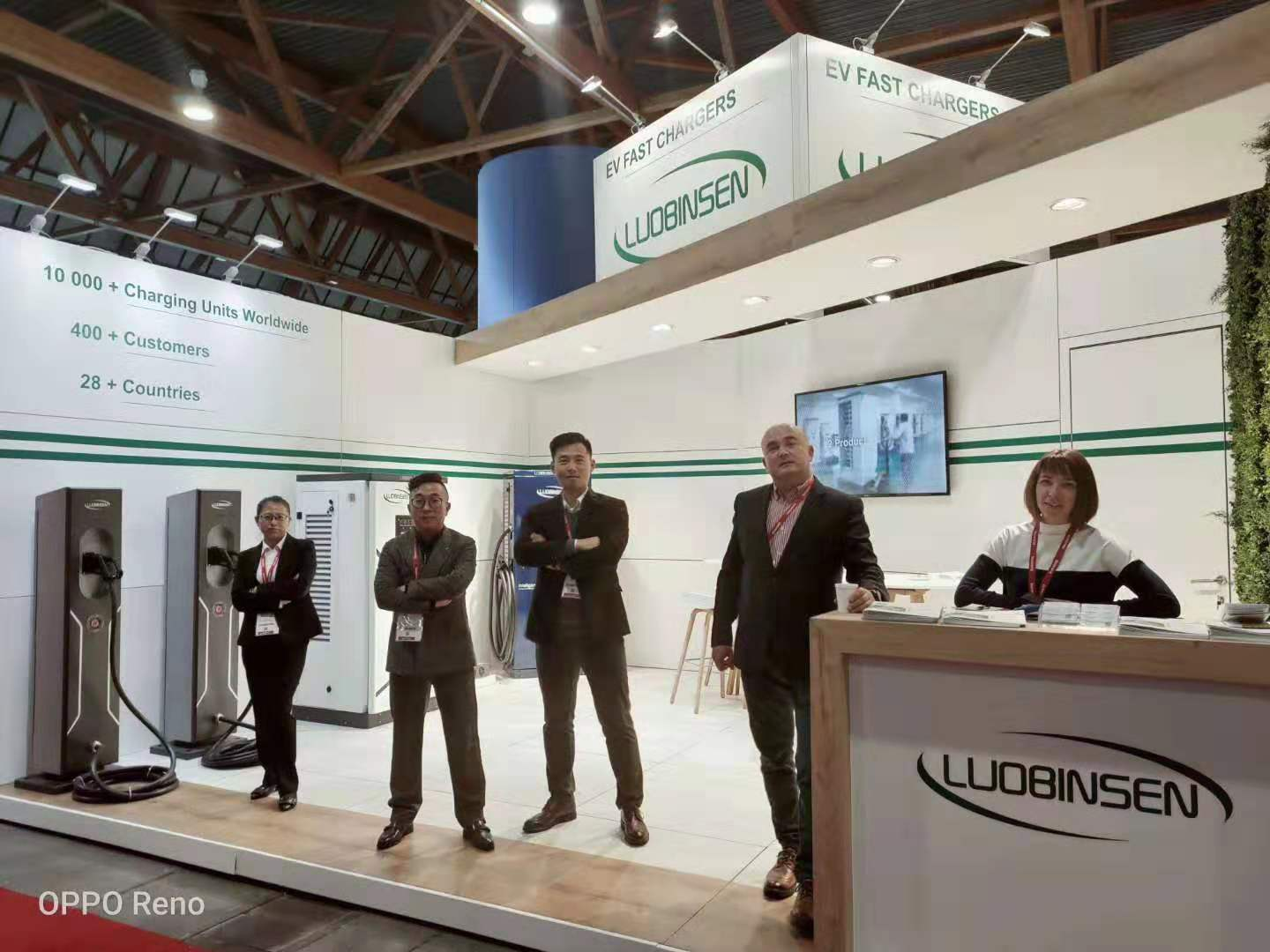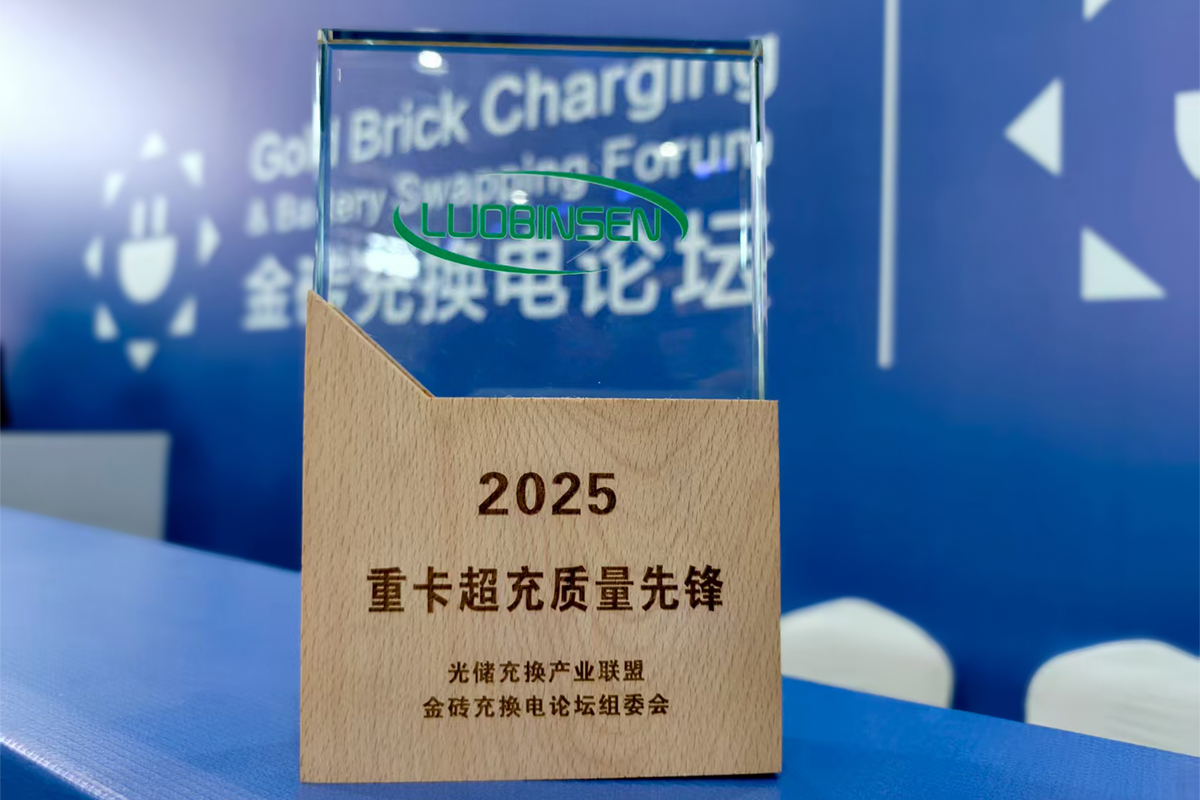At Luobisnen, we recognize that the longevity of a pantograph charger depends not only on its engineering design but also on the careful selection of materials for each component. For operators managing extensive bus fleets, ensuring that a pantograph charging system remains reliable throughout daily cycles is essential for operational efficiency. By strategically choosing materials that resist wear, corrosion, and thermal stress, we can deliver charging solutions that maintain consistent performance and reduce maintenance costs over the long term. Our approach ensures that fleets experience minimal downtime, supporting both safety and energy efficiency goals.

Corrosion Resistance for Outdoor Reliability
Outdoor charging stations face challenges such as rain, humidity, and extreme temperature variations. In our pantograph charging system, we incorporate 316L stainless steel for structural components, which provides exceptional corrosion resistance and mechanical strength. This choice protects the pantograph from deformation and material degradation caused by repeated lifting and exposure to environmental stress. In addition, stainless steel supports our dual fire protection system and constant temperature control, which collectively enhance the durability of a pantograph charger. Through years of operational experience, we have observed that using corrosion-resistant metals is critical for extending the lifespan of charging solutions, especially in regions with harsh weather conditions.
Optimizing Electrical Contact Materials
Durability is also heavily influenced by the materials used for electrical contacts. Our pantograph charger utilizes gold-plated conductive copper at all contact points. This material prevents oxidation and maintains stable electrical conductivity, reducing energy losses and ensuring consistent performance. When combined with PT1000 thermistors and automatic pantograph lifting mechanisms, these materials help prevent overheating and electrical fatigue. The careful integration of high-quality conductive components ensures that the pantograph charging system operates efficiently, even under high-frequency use, providing reliable energy transfer to buses with minimal operational disruption.
Integrating Protective and Backup Systems
Beyond materials, incorporating protective and backup systems further enhances durability. At Luobisnen, our solutions include backup power systems, constant temperature control, and 15 separate safety protections. These measures, combined with durable metals and conductive materials, prevent mechanical and electrical failures. By proactively managing risks such as overcurrent, fire, and temperature fluctuations, the pantograph charger maintains optimal performance and reliability over time. Our design philosophy focuses on minimizing downtime, reducing maintenance frequency, and ensuring that bus fleets can operate smoothly without unexpected interruptions.
Conclusion
In conclusion, maximizing the life of a pantograph charging system requires a comprehensive approach that combines corrosion-resistant structural materials, reliable conductive components, and robust safety measures. At Luobisnen, our downward pantograph bus chargers are engineered with these principles in mind, offering fleet operators long-lasting, efficient, and dependable charging solutions. By prioritizing material quality and protective systems, we provide chargers that withstand frequent use while maintaining safety, operational reliability, and energy efficiency, ultimately supporting the continuous growth of modern bus fleets.




